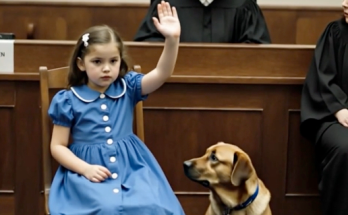Style is more than just the clothing we choose — it’s a silent language, a visual handshake, and often the very first message we send to the world. Before we say a single word, our appearance shapes how others perceive us, leaving an impression that can be lasting.
For many women, style goes beyond fashion trends. It can hint at personality, confidence, emotions, cultural heritage, lifestyle choices, and even perceived age. While some view dressing well as simply keeping up with current fashion, in reality, style is a reflection of the inner self — a visual story only you can tell.
Style as Your Personal Signature
Coco Chanel once said, “Fashion passes, style remains.” While trends change season after season, personal style is timeless. You can experiment with new colors or fresh cuts, but the way you combine them — your signature touch — is uniquely yours.
Choosing what to wear is not just about appearance; it’s about creating balance between your outward look and your inner personality. That’s why the same dress can tell two completely different stories depending on the person wearing it. Confidence, accessories, and even posture play a role in shaping the message your outfit sends.
The Psychology of Dressing Well
Fashion psychology studies show that clothing influences not only how others see us, but also how we feel about ourselves. Wearing outfits that align with your personality can boost confidence, improve your mood, and even enhance performance at work or in social settings.
For example:
-
Structured blazers and tailored trousers can communicate authority and professionalism.
-
Soft fabrics and flowing lines may project warmth, approachability, and relaxation.
-
Bold prints and unconventional cuts can suggest creativity and self-assurance.
10 Popular Women’s Style Identities
Professional stylists often group personal style into common categories. While some women stick to one, many blend two or three depending on mood and occasion:
-
Classic – Timeless cuts, elegant accessories, and neutral tones that radiate poise.
-
Business – Sharp tailoring, premium fabrics, and a polished look for a professional edge.
-
Chanel-Inspired – Feminine sophistication with tweed jackets, pearls, and structured handbags.
-
Romantic – Soft textures, lace, florals, and gentle colors that exude grace.
-
Sporty – Comfortable, casual, and athletic-inspired pieces with clean lines.
-
Avant-Garde – Bold, experimental, and statement-making designs for the fearless.
-
Folklore – Rich patterns, embroidery, and cultural influences.
-
Fantasy – Playful, colorful, and whimsical — perfect for creative expression.
-
Diffuse – An eclectic blend of styles for a unique, personal twist.
-
Glamour – Shiny fabrics, dramatic silhouettes, and eye-catching details.
Why Your Style Evolves Over Time
Your look at 20 might be completely different from your look at 40 or 60. Life experiences, career changes, and personal growth all shape your style. Over time, many people shift from chasing trends to refining a signature style that truly reflects their identity.
Discovering Your Unique Style
To define your style, ask yourself:
-
Which outfits make me feel most confident?
-
What colors and fabrics do I naturally reach for?
-
Do I prefer structure or flow?
-
Whose style inspires me, and why?
Creating a mood board — whether on paper or online — can help you see patterns and clarify your style preferences over time.
Style as Self-Expression
True style isn’t about designer labels or following every runway trend. It’s about authenticity — letting your clothing speak for the person you are inside. Fashion may change quickly, but your personal style is yours to keep for life.



